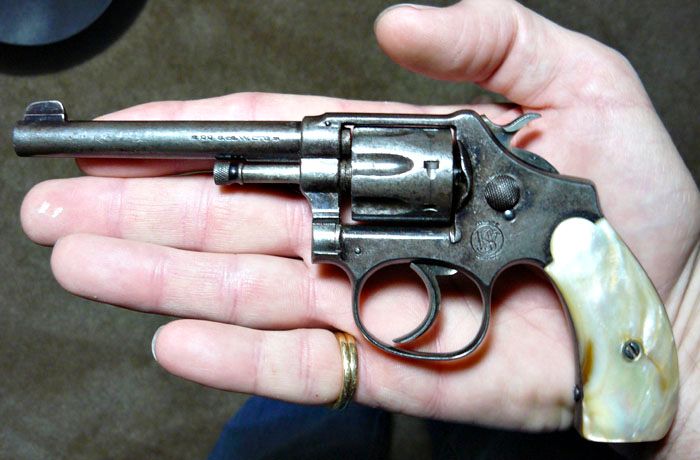Driftwood Johnson
New member
As a matter of interest, the New Century revolver introduced the shrouded ejector rod, and this became sort of standard on "elite" S&W guns to this day. When the British objected to this lug, as it may get filled with mud and prevent closing of the cylinder, S&W shortened it to just the front locking lug.
Ever since, all S&W revolvers named, or hinted at, military or army or Military and Police, have had the short front lug.
Howdy
That is not quite how it happened, or at least that is not the whole story. The New Century, also known as the 44 Hand Ejector First Model, was designed to chamber a new cartridge called the 44 S&W Special.
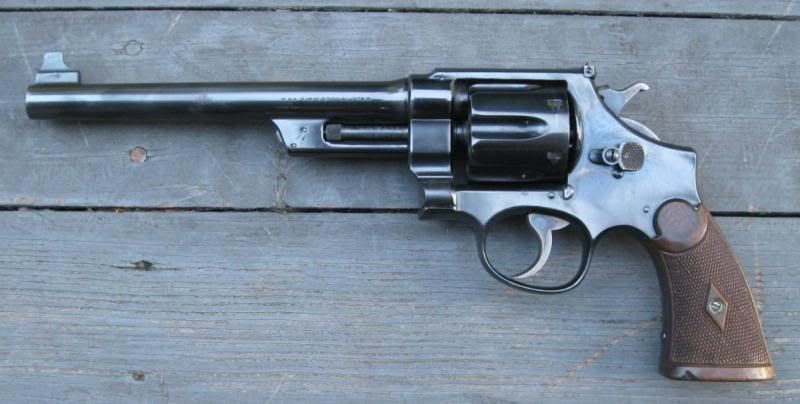
The 44 Special was basically the same as the earlier 44 Russian round, except the 44 Special brass was about 3/16" longer than the older 44 Russian brass. This meant the new round could hold about 26 grains of Black Powder, vs the 23 grains of the Russian round. S&W felt the new revolver should be designed for 'maximum tightness and positive alignment of the cylinder'*. So they incorporated a distinctive third latch positioned where the yoke meets the frame, in addition to the standard latches at the front of the extractor rod and the rear of the cylinder. Because of this unique third latch, the New Century revolver popularly became known as the Triple Lock.
Here are some photos showing the details of the third latch.
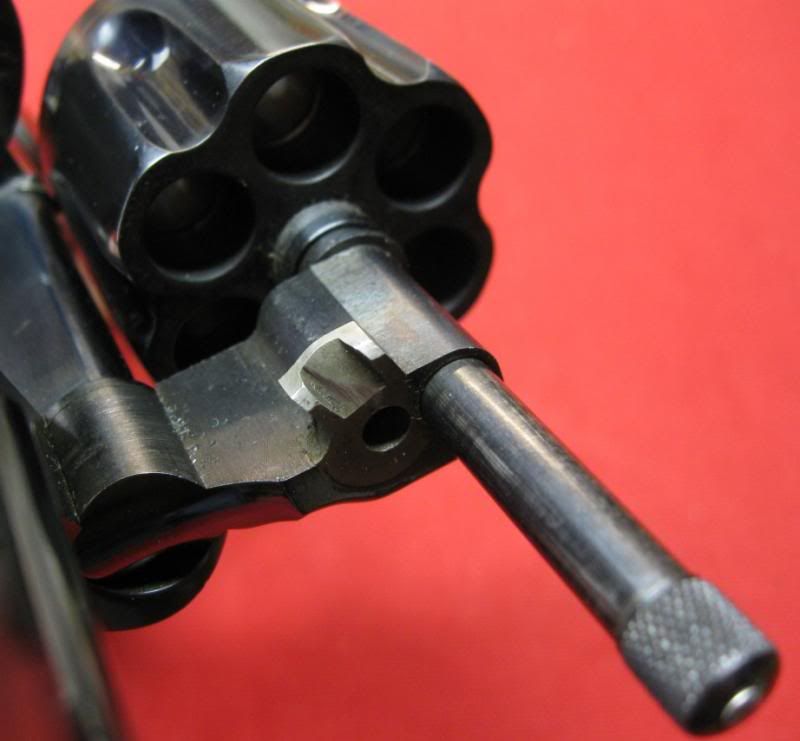
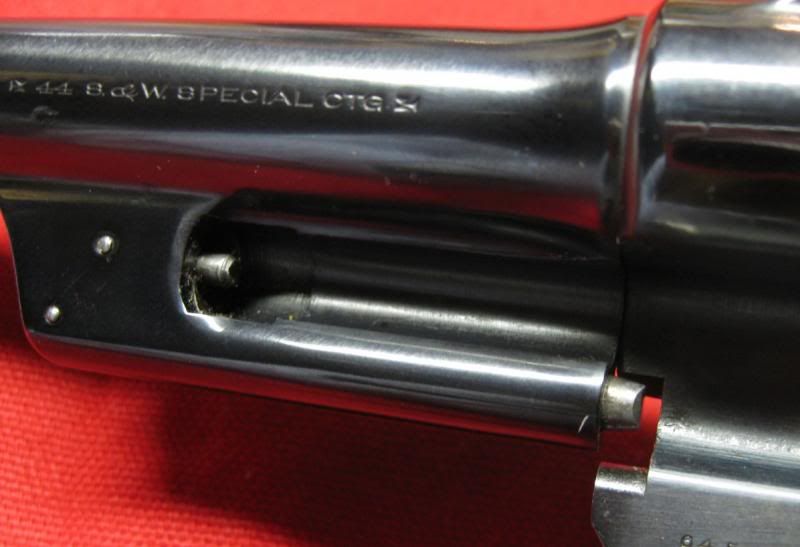
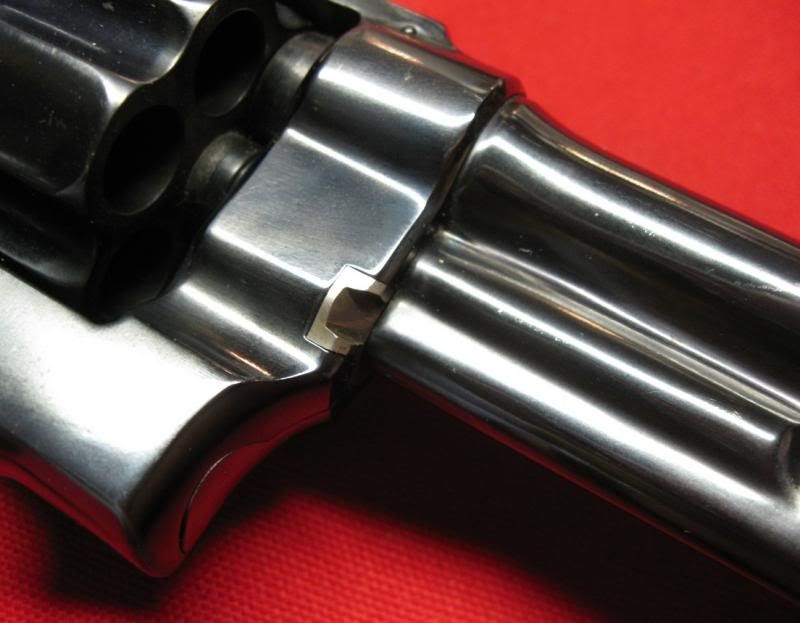
The shroud was necessary for the third latch to function, because it housed some of the parts. The Triple Lock and the 44 Special cartridge were first introduced in 1908. The list price for the Triple Lock was $21. Sales were slow, only about 2,200 Triple Locks were sold per year, with a total of 15,375 being sold by 1915. At that time, Smith decided to eliminate the third lock, allowing the price of the 44 Hand Ejector Second Model to drop to $19 per unit.
44 Hand Ejector Second Model
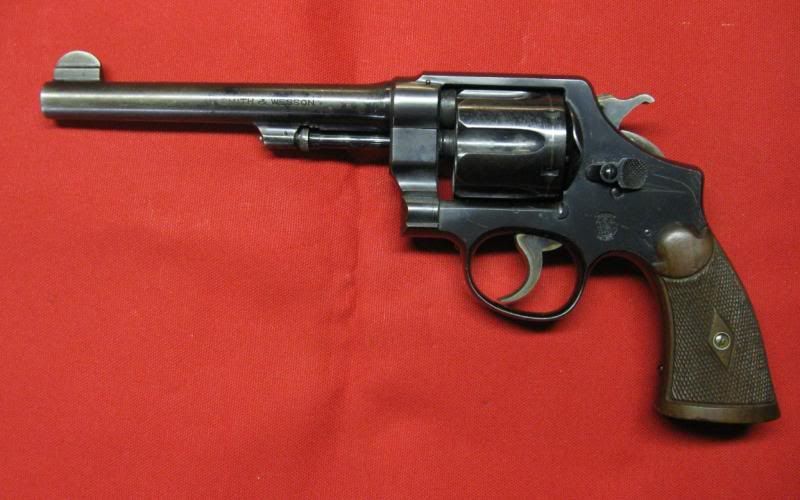
It may well be true that the British objected to the shrouded ejector rod, that is the first time I heard that. But S&W dropped the fancy third latch, never to make one again, to save cost, and because it was not really necessary. The third latch was very expensive to make, and latching at the front of the extractor rod and rear of the cylinder is really all that was needed.
During production of the 2nd Model, S&W received numerous inquiries asking for a 44 Hand Ejector with a shrouded ejector rod. The company rebuffed these inquiries, saying that there was not enough demand to warrant tooling up for a new barrel. But in 1926, Wolf & Klar of Fort Worth placed an order for 3,500 44 Hand Ejectors, specifying a shrouded extractor rod. So Smith and Wesson put the shroud back under the barrel for the 44 Hand Ejector Third Model, also known as the Wolf & Klar model. Of course the third latch was missing, the shroud merely added weight to the front of the gun and protected the extractor rod.
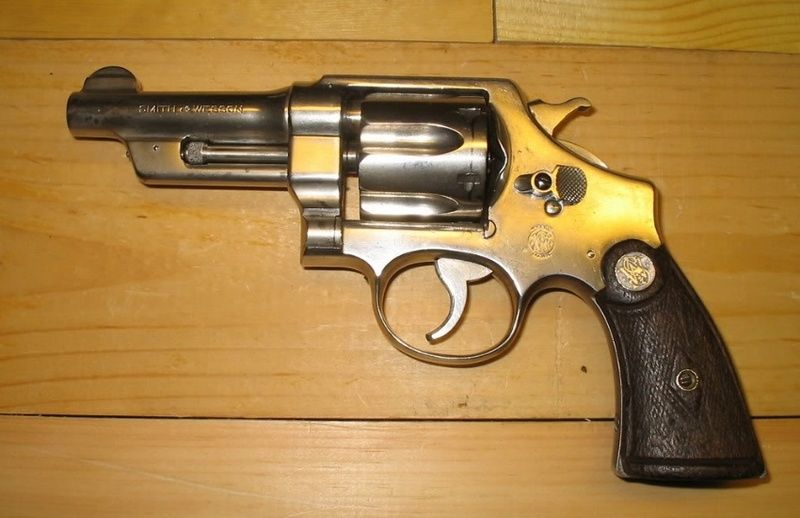
Ever since that time, yes the shrouded extractor rod has been reserved for the 'better' Smiths.
* The History of Smith and Wesson by Roy Jinks

